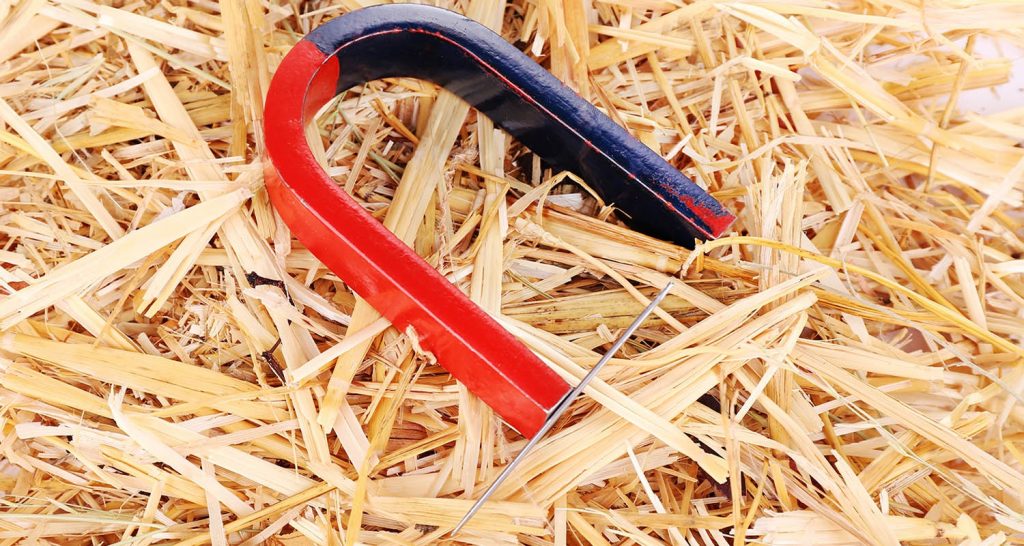When you smell terpenes emanating from marigold flowers or hop cones or cannabis buds, you needn’t press your nose deep into the plant matter to get a decent inhalation. You may smell them across the room or the yard, down the hall, or even driving by. Terpenes drift along breezes, and that’s a wonderful thing. These terpene vapors have separated from the majority still in the flowers. And the warmer it gets, the more these fragrances will infuse the canopy.
Opposite to the desirable presence of a host of different terpenes, some products can be tainted with leftover solvent. The concentration of the solvents may be dwarfed by the bulk extract, but their presence may warrant product remediation to protect consumers.
Both analyte types require quantification; however, the molecules specifically sought might be well diluted in a sea of other molecules like cannabinoids, terpenes (when measuring solvents), flavonoids, etc. – the matrix or molecular haystack.
Gas chromatography (GC) is a traditional method for identifying and quantifying volatile molecules. Volatile just means that these molecules readily convert to gases like ethanol or acetone. Liquid and solid samples may contain species that naturally vaporize such as terpenes.
Sometimes, however, the injection of a convoluted sample matrix (a massive haystack) into a GC isn’t ideal, perhaps due to the chemicals themselves or if the volatile analytes of interest are significantly diluted by the haystack. This would lead to decreased specificity. Additionally, sampling the entire matrix could add more complexity and time to data processing and interpretation.
Headspace gas chromatography provides a way to separate the needle from the haystack. By knowing the temperature at which molecules in a sample vaporize, they can be preferentially plucked for analysis while leaving the molecular haystack behind. Some molecules will naturally go into the headspace at ambient conditions. Others can be promoted using heat such as via a heated autosampler.
As heat is applied, molecules in the liquid (or solid) sample convert to gases that fill the headspace of the vial (the space above the liquid and up to the cap). Other, freer (as in most volatile) molecules might have already risen to the top.
A real needle probes liquid samples in traditional GC, whereas, in the headspace method, the needle samples the region above the liquid (or solid), leaving many other molecules behind. Of course, if two molecules (or more) have similar vaporization points, they’ll both (all) be in the vapor, and thus, both (all) will be sampled.
This enhanced selectivity can increase specificity and accuracy, since undesirable molecules that are sampled could obscure peaks from lesser constituents or co-elute, masking their detection altogether. Headspace sampling bypasses the bulk material and increases the amount of analyte used in quantitation.
Image Credit: Papa & Barkley, Teamstudio, Perkin Elmer










